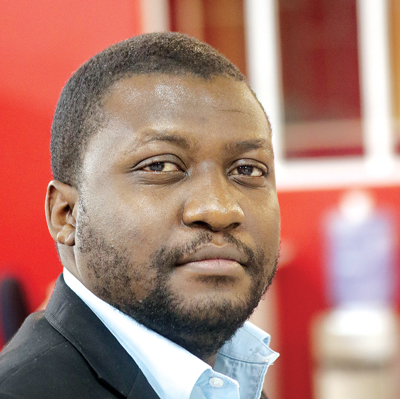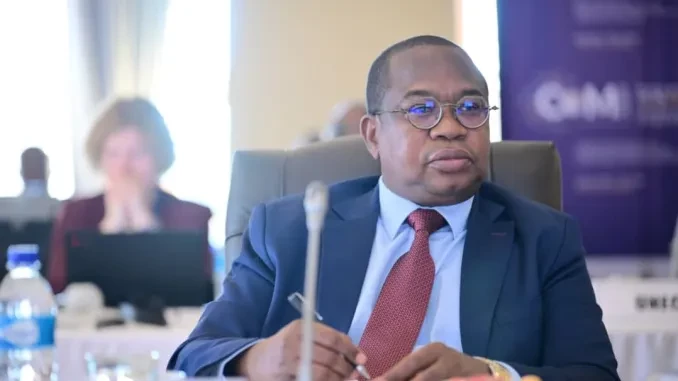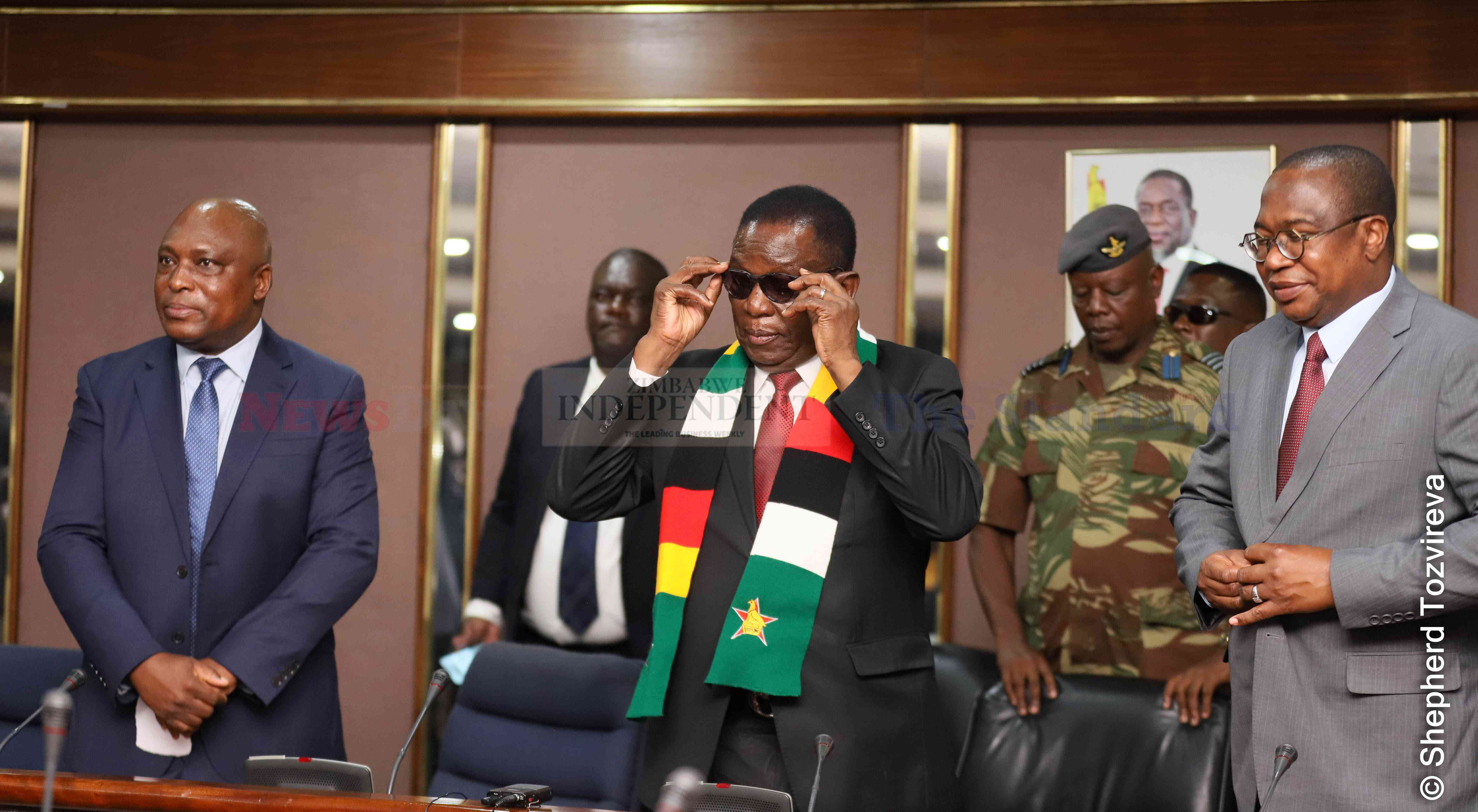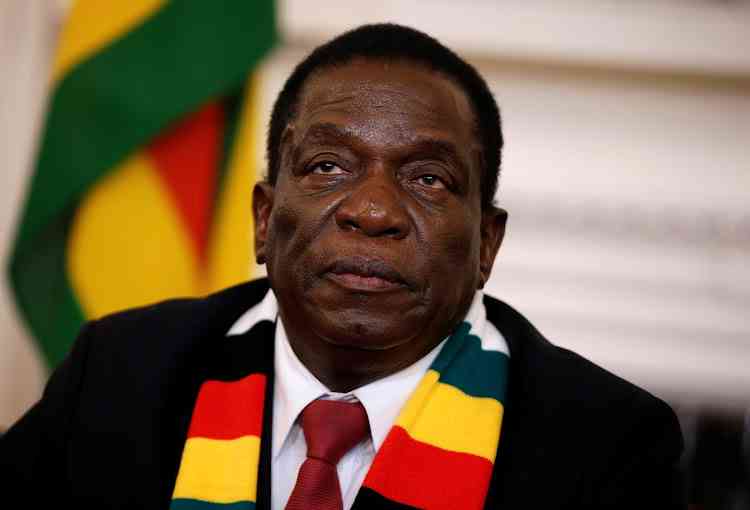
On June 2, 2003, the MDC undertook its most ambitious action ever; they were going to stage a three-day demonstration known as the “final push”, with the intention of either forcing then President Robert Mugabe out or at least to the negotiating table.
The MDC had at that point staged a number of demonstrations or “stayaways”, as they had become known.
The genesis of these demonstrations came from 1998 when the Zimbabwe Congress of Trade Unions (ZCTU) began weekly strikes against an increase in value-added tax (VAT), among other things.
The demonstrations were successful. Mugabe blinked first, suspended the tax hike, but momentum had long been built leading to the formation of the MDC, the 2000 referendum and elections.
With this momentum, the MDC thought they had Mugabe where they wanted him; he had rigged elections in 2000 and 2002 and political temperatures were rising.
There was a drought in 2002, so issues were nicely coming to a boil and the 2003 final push was going to mark the beginning of the end for Mugabe and Zanu PF.
There was a lot of planning that went into that demonstration; leaflets were distributed, the MDC communicated with its supporters on what was going to happen and they also urged their supporters to be peaceful, as Zanu PF was spoiling for a fight.
Morgan Tsvangirai, the party’s late leader, was to lead the demonstrations in Harare, while his deputy, the late Gibson Sibanda, would do the same in Bulawayo.
- Chamisa under fire over US$120K donation
- Mavhunga puts DeMbare into Chibuku quarterfinals
- Pension funds bet on Cabora Bassa oilfields
- Councils defy govt fire tender directive
Keep Reading
A day before the demonstrations were to start, Tsvangirai and other leaders checked into safe houses and nothing could go wrong, or so they thought.
The following day, Tsvangirai left the safe house, went to his home for a change of clothing, but he never left.
Police officers pounced on him and that was the end of the Harare chapter of the demonstrations.
In Bulawayo, Sibanda decided not to march as well and in the end, leaderless and directionless, the final push was a damp squib that fizzled out before it even began.
The MDC held more demonstrations in the aftermath of the final push, but they never had nearly as much momentum as they did in 2003 and those marches became nothing more than a footnote in the country’s history.
That was until 2018, when Nelson Chamisa assumed leadership of the party and re-galvanised it, leading to some of the biggest demonstrations the country had seen in more than a decade.
I am reminded of this episode because the MDC has called for demonstrations tomorrow in Harare, with similar protests set to follow in other cities.
This is unlike the final push, where demonstrations were to be held simultaneously in different centres.
My issue this time is that there does not seem to be a clear objective or what happens after tomorrow’s demonstration.
President Emmerson Mnangagwa can simply choose to ignore the MDC’s demands and that could be the end of it.
Just like the protests that the opposition party held to force electoral reforms, the Zimbabwe Electoral Commission and government simply ignored these and elections went ahead as flawed as they were.
If MDC have a clear plan, then they have not communicated it effectively and this demonstration will only prove the party has massive organisational capabilities, but nothing more than that.
MDC wants Mnangagwa to come to the negotiating table, but what the party must answer is what happens if he does not.
Earlier, I alluded to the weekly demonstrations that the ZCTU had in 1998. Their goal was simple and achievable. Workers were going to boycott work every Wednesday until the government reconsidered its decision to increase VAT from 15% to 17,5%.
This was a simple objective that everyone understood, identified with and bought into and that led to success.
The final push, although it never succeeded, had clear objectives and targets.
Mugabe was to be brought to the negotiating table and if he did not, the strike would not end for three days, with a risk that more demonstrations would be called for after that.
With this MDC demo that is due tomorrow, I find all these necessary conditions missing and, even if the government, which is notorious for being trigger happy, leaves it to go ahead peacefully, I am afraid I do not see what the endgame is.
There is need for the MDC to communicate its plans and objectives better and let its supporters know what they are getting themselves into.
This must not be a demonstration for the sake of holding a protest, or to assuage restive hawks in the party that have been calling for protests.
Rather, the MDC should have a clearly mapped out path with contingency plans on what happens if Zanu PF ignores their demands and what it expects of their supporters.
Holding a demonstration for the sake of having one will kill the momentum and one day the party will call for a protest that will fail.
The final push sucked the life out of the MDC and subsequent demonstrations lacked the momentum that the party had built over the years.
If the party botches up this demonstration, it will have to return to the drawing board and it could be years before it emerges from there.
Nqaba Matshazi is AMH head of digital. He writes in his personal capacity. Feedback: [email protected]. Twitter: @nqabamatshazi











